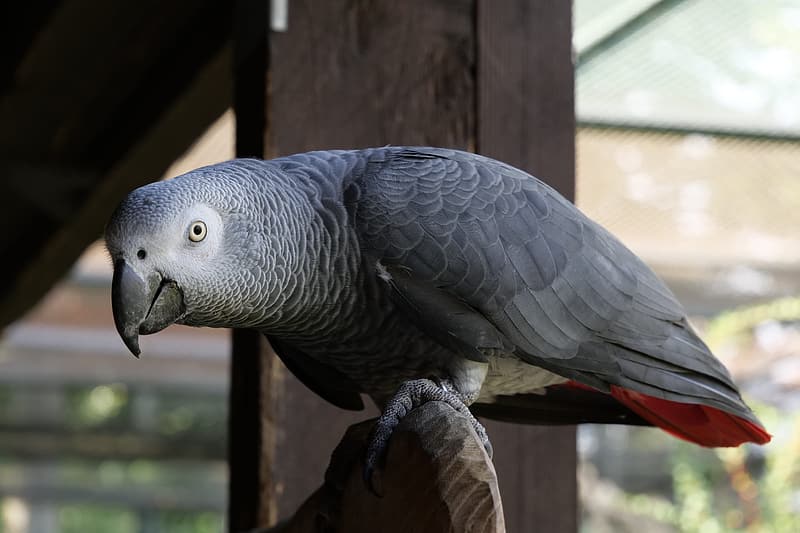
Music Editor Bethany Jo O’Neill explores parrots’ abilities to mimic human speech – the good and the bad
The month is September and you are having a nice relaxing walk through the zoo. Apart from the signs reminding you to social distance, the craziness of 2020 seems a whole world away. Then, over your shoulder you hear some very choice vocabulary. ‘How rude,’ you think to yourself but you carry on as normal. This inflammatory language gets louder and more frequent the closer you get to the aviaries, coupled with many a stifled laugh. Surely not? No sooner are you at the parrot enclosure and your wildest suspicions have been confirmed- swearing parrots, welcome to 2020.
This exact scenario is one that happened at Lincolnshire Wildlife Park last month where five African Grey parrots had to be put on an extended time out from the public. BBC News interviewed Steve Nichols, the Park Chief Executive, who explained, ‘the parrots “swear to trigger reaction or a response” so if people look shocked or laugh, it just encourages them to do it more.’ This encouragement meant the parrots’ misdemeanours became a bit too frequent and with young ears becoming increasingly present, the Park Chief Executive decided their comedy show needed to take a hiatus. But what gives parrots the ability to talk in the first place?
Their comedy show needed to take a hiatus.
Parrots talk by mimicking sounds such as human speech through a process of listening and repeating. The more a parrot becomes accustomed to human speech, or any other sound, the more likely they are to repeat it. This being said, there is some evidence that suggests parrots can repeatedly imitate a noise they have only heard once. In the wild, parrots imitate the sounds of other parrots in order to communicate and form ‘vocal dialects’ between pairs and groups, according to Virginia Morell in their paper ‘Why Do Parrots Talk? Venezuelan Site Offers Clues.’
What is interesting to note is that, unlike humans, parrots do not actually have vocal cords. Instead, their vocal tract is composed of a series of very complex muscles combined with a ‘thick, yet flexible, tongue’ which, according to cognitive scientist Irene Pepperberg, work together to produce human speech-like sounds. Further to this, a parrot’s brain is structured differently to other birds which aides them in learning how to vocalise different sounds.
Unlike humans, parrots do not actually have vocal cords.
The African Grey in particular is considered the most intelligent of the parrot species, with research suggesting they are able to match the cognitive ability of a human five-year-old. An example of the extreme levels of intelligence African Greys can possess comes from a Grey called Alex. Alex had, ‘a vocabulary of about 150 words and could add small numbers.’ This is vastly impressive and perhaps puts his Lincolnshire relatives to shame.
Parrot species… are able to match the cognitive ability of a human five-year-old.
Although the behaviours and individuality of parrots are incredibly intriguing, these intelligent birds are becoming more and more endangered. The desire to keep parrots as pets fuels illegal capture and trade which is putting many species at risk of extinction. To avoid what would be an extremely disastrous outcome, there is a need for further education about, and protection of, these marvellous birds.
Fancy More? Check out these:

Comments